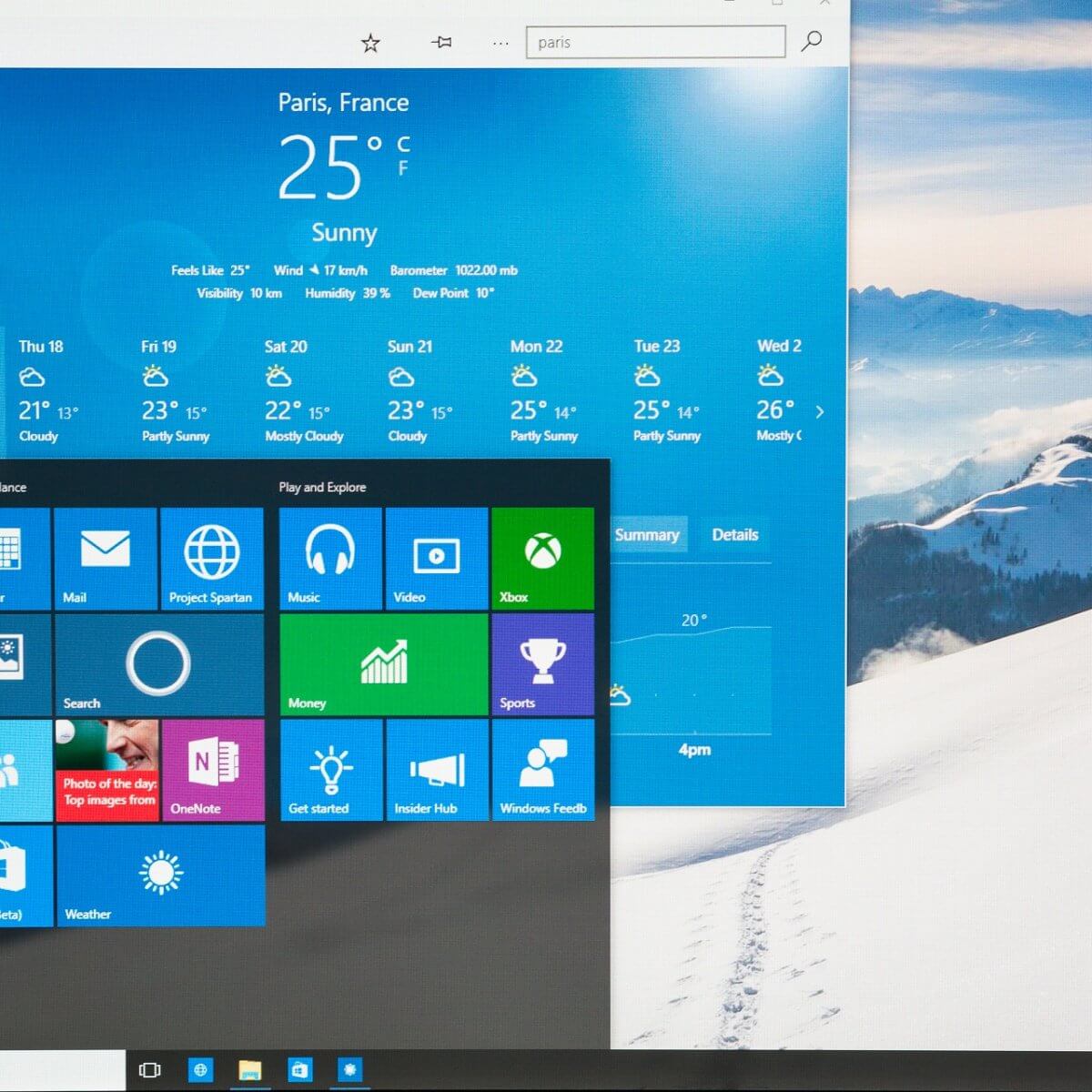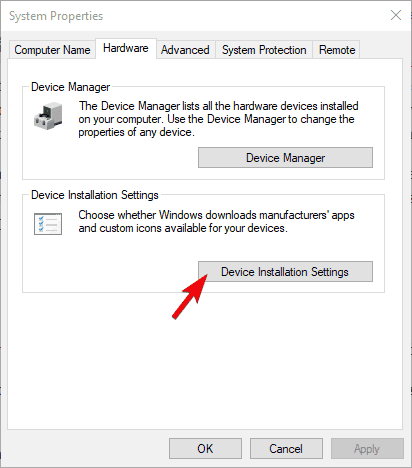If your laptop does not turn on, or does not boot when powered on, there are things you can try and resolve the issue.
On the screen where you select Safe Mode there is an option for 'VGA Mode', that will boot up a normal Windows environment, but the resolution/refresh will be 800x600@60hz which will work. Monitor doesn't turn off on its own, and PC won't go to sleep in General Support I've got a windows 10 Desktop that I need help with. Ever since around a week ago, my screen does not turn off automatically, nor does it go to sleep when I leave it for a while (like overnight) It might be ever since the Creator's Update, but I.
This wikiHow teaches how to troubleshoot a black screen after logging into Windows 7, otherwise known as the Black Screen of Death (BSOD). Boot Windows until you get to the black screen. You may be able to force Windows Explorer to load. The low-battery image appears, even after the phone has charged for at least 20 minutes: See 'iPhone displays the low-battery image and is unresponsive' symptom in this article. If something other than the Home screen or Low Battery screen appears on the display, continue with this article for further troubleshooting steps.
Below are troubleshooting steps to help identify what may be preventing your laptop from turning on. We recommend going through each of them for the best results.
 Note
NoteThese steps are specific to laptop computers. For a desktop computer, see: Why won't my computer turn on?
Note
Before following these troubleshooting steps, disconnect any peripherals connected to your laptop, such as a mouse or a USB thumb drive.
Connect the power cable
Although it may seem obvious, if your laptop is running on battery power only, connecting the AC adapter may solve the problem. Ensure the adapter cord is correctly plugged in on both ends securely. If the laptop works with the adapter plugged in, your battery is dead or defective.
Check AC adapter and power port for a bent pin
Some AC adapters have a pin in the end of the adapter that plugs into the laptop. Examine the adapter's connector that plugs into the laptop and check if there is a bent or broken pin. If there is, the laptop is not receiving any power from the AC adapter. To fix the problem, the AC adapter needs to be replaced.

Some laptops have a pin inside the power port that helps make a solid connection to the AC adapter. If the pin is bent or broken, the laptop is not receiving any power. To fix the problem, the power port on the laptop needs to be repaired or replaced. However, depending on the type of laptop, this solution may demand a full motherboard replacement.
Disconnect from the docking station
If your laptop uses a docking station, disconnect it and try connecting the power cord directly to the laptop. Then, try turning on the laptop.
Remove and reconnect the battery
NoteMany new laptops (especially MacBooks) are utilizing an architecture that does not allow their batteries to be removed. If your laptop does not have a removable battery, skip to the next section.
The laptop can also be in a power state that prevents it from booting. Disconnect the power cable and then remove the battery from the laptop. Leave both disconnected from the laptop for at least a minute. Then, put the battery back in the laptop, connect the power cable, and try turning on the laptop.
Drain the computer of electricity
Sometimes, a residual electrical charge can keep your laptop from turning on. You can think of it as an 'electricity clog.' By performing the following steps, you effectively drain your laptop of any electricity and start over, which often results in it powering up.
- Disconnect the AC adapter and remove the battery (if possible).
- Hold down the power button for thirty seconds to drain any residual power from the laptop.
- Without replacing the battery, plug the AC adapter back into the laptop.

If your laptop's battery is not removable, still plug in the AC adapter.
- Press the power button to turn on your laptop and verify that it boots correctly.
- If the laptop powers on, shut down the laptop normally.
- If you were able to remove the laptop battery, put the battery back in the laptop.
- Power on the laptop again, and verify that it boots correctly.
Laptop Screen Won't Turn On
NoteIf this process does not work for you, repeat and hold the power button for one minute or longer at step two.
Bad hardware
After going through the suggested troubleshooting steps above, if your laptop still does not turn on, the problem is likely a hardware failure. The most likely component to be at fault is the motherboard or processor. Unfortunately, more in-depth troubleshooting is required to determine the cause for the laptop not working. If faulty hardware is the culprit, repair or replacement is necessary.
Laptop Turns On But Screen Is Black
We suggest contacting the manufacturer of the laptop for recommendations on how to get it repaired. You can also take your laptop to a computer repair shop, as they can diagnose the issue and replace the faulty hardware.

Additional information
- See the boot and power up definition for further information and related links.
